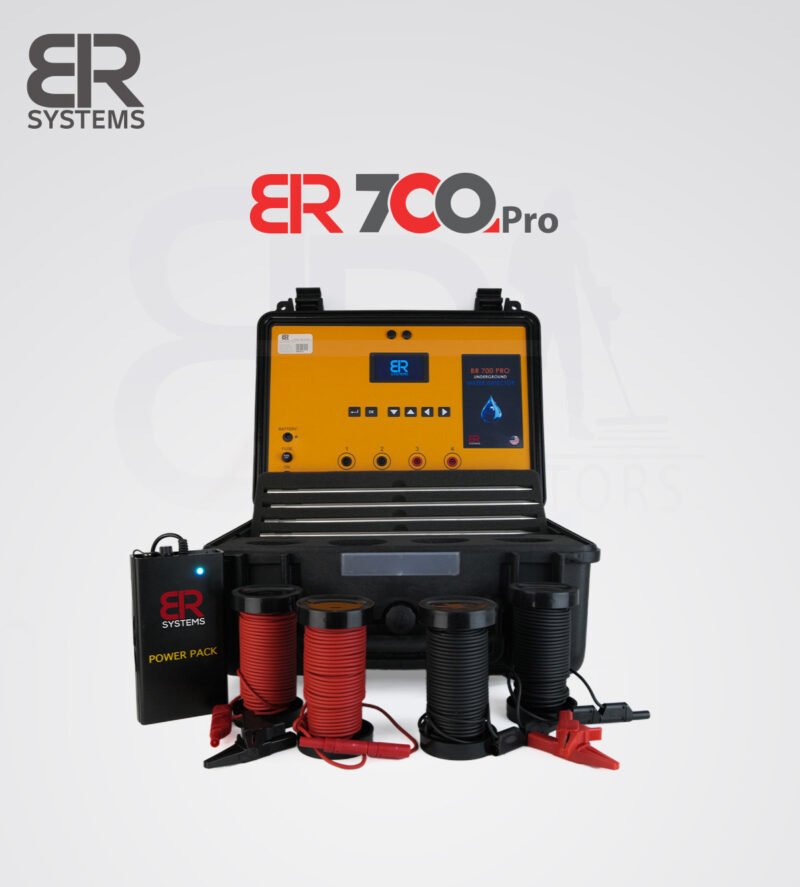Finding underground water has always been a challenge for farmers, surveyors, and researchers. In areas where rainfall is limited or seasonal, knowing where groundwater lies can make the difference between thriving agriculture and persistent drought. Technology has come a long way in making this process more accurate, efficient, and reliable. Among the most useful tools today is the underground water locator, a specialized instrument designed to detect water sources hidden beneath the surface. But how exactly do these devices work, and why are they so important
The Science Behind Underground Water Detection
At its core, an underground water locator operates on the principle of geophysical detection. These devices use signals such as electromagnetic waves, resistivity testing, or radar technology to identify changes in subsurface structures. Water, being a conductive substance compared to dry soil and rock, creates unique readings that the detector can interpret.
Modern systems combine advanced sensors with smart software, making the detection process faster and more accurate than traditional dowsing or manual drilling methods. For professionals, this means reducing wasted time and costs while improving the likelihood of striking water on the first attempt.
Why Accuracy Matters in Groundwater Detection
Locating underground water isn’t just about finding any water; it’s about identifying usable and sustainable sources. In many regions, drilling without proper data can be extremely expensive, sometimes costing thousands of dollars per attempt. An underground water locator helps minimize this risk by providing clear data about potential water veins, their depth, and even approximate flow capacity.
This accuracy ensures that farmers, engineers, and businesses make informed decisions, saving both time and resources. More importantly, it protects the environment by preventing unnecessary drilling that disrupts ecosystems and soils.
Key Features of Modern Underground Water Locators
Today’s devices are far more advanced than older tools. Many locators can detect groundwater at varying depths, often up to several hundred meters. Some also integrate GPS and digital mapping systems, making it easier to visualize results in the field. Others can differentiate between fresh and saline water—a crucial factor in regions where usable water is scarce.
One standout device in this category is the BR 700 Pro, a professional-grade groundwater locator trusted by surveyors and drilling companies worldwide. With advanced long-range detection and depth analysis, it helps users pinpoint exact water sources with confidence. You can learn more about the BR 700 Pro here: BR 700 Pro.
Real-World Applications
The value of underground water locators extends across multiple fields. In agriculture, farmers use them to plan irrigation systems and secure reliable water supplies for crops and livestock. In urban planning, engineers rely on them to ensure safe and efficient water management for growing populations. Even humanitarian organizations use these devices in remote and drought-prone areas, helping communities gain access to clean drinking water.
What makes them truly versatile is their ability to provide fast results without invasive digging. This combination of practicality and efficiency is why many industries now consider groundwater locators an essential tool rather than a luxury.
The Benefits of Investing in the Right Technology
When deciding to invest in an underground water locator, the benefits go beyond immediate water discovery. By using advanced tools, you reduce the environmental impact of trial-and-error drilling, lower operational costs, and improve long-term water management strategies. Reliable devices also provide consistent results that can be shared with experts for further analysis, ensuring the sustainability of water sources.
Farmers and businesses who make the shift from traditional guesswork to advanced detection often report higher success rates, reduced costs, and a much stronger confidence in their operations. In regions where every drop of water counts, this reliability is priceless.
Why Professionals Trust Advanced Locators
The trust professionals place in these devices comes from years of proven results. When properly operated, an underground water locator helps reduce uncertainty and provides actionable insights. This is particularly important in areas with complex geological formations, where water might exist in narrow or deep aquifers that are nearly impossible to locate without specialized equipment.
By using advanced locators, companies and individuals gain not only accuracy but also efficiency. Instead of spending weeks or months testing different sites, surveyors can identify viable drilling points within hours.
Final Thoughts
Technology has transformed how we interact with natural resources, and groundwater detection is no exception. Tools like the underground water locator have changed the way farmers, engineers, and organizations approach water management. With devices such as the BR 700 Pro leading the way, access to clean, reliable water is becoming more achievable, even in the most challenging environments.
By combining science, innovation, and real-world applications, these locators ensure that the search for underground water is no longer a matter of luck but of informed, strategic planning. For those working in agriculture, urban development, or humanitarian projects, understanding how these tools work—and investing in the right one—can make all the difference.









